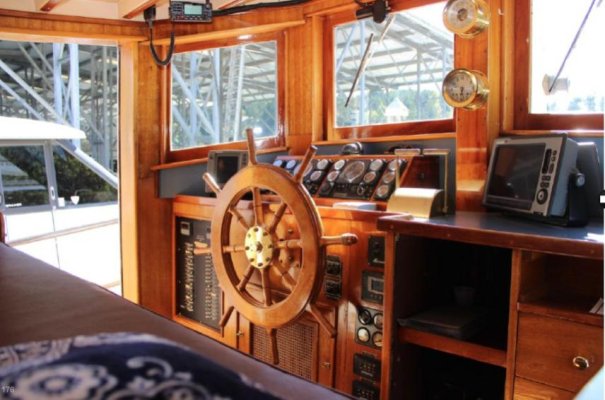Building trawler with two cabins, 2 heads, Pilothouse, salon. Maybe 500 sq feet.
Rules are for 12-15 BTU per cubic foot
If adding heater, how many (noise?) and BTU requirements should’ve considered? Also, any comments on air versus hydronic (seems excessive) and no need for AC (n the PNW). Any know differences between Espar vs Webasto (or not significant)
Thank you.
You haven't said how much you will be using your new boat in the shoulder and cold seasons.
If you plan on boating 12 months, your needs will be significantly different than if you are a fair weather boater.
As your usage increases, if you don't set up for 12 month usage originally, you will find adding systems more difficult.
If your usage decreases, there is no difficulty, you simply use them less.
All of the discussion so far, with the sole exception of a post by Lepke, have ignored the most ubiquitous, the reliable Dickinson diesel stove. For 12 month usage, nothing will beat it.
We were out late April/early may this year for almost a week. We used to have an Espar D7L. We have a diesel stove in the galley.
The Espar was a maintenance nightmare, so it came out. We don't miss it.
The Diesel stove requires cleaning, no other maintenance. It was turned on as soon as we arrived at the boat, not touched again until we were leaving the boat on arriving back home again.
I had a Webasto in a sailboat. The Espar and the Webasto require the same maintenance, make the same 737 noises, heat the boat according to how well the piping can be laid out.

